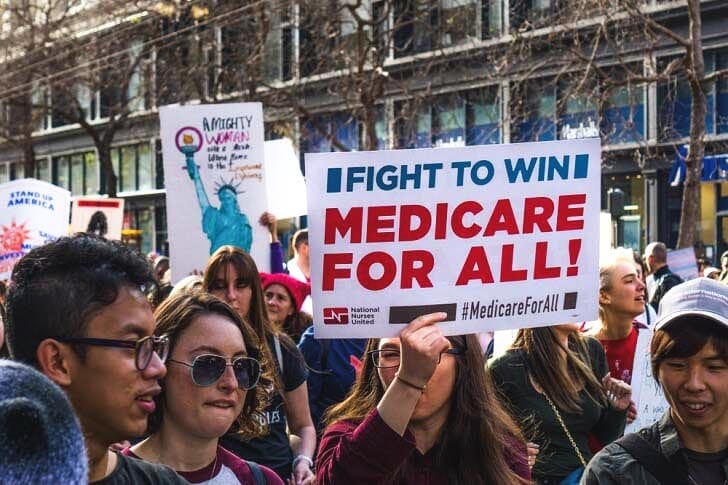Paying for healthcare in retirement is something that many people plan for over the course of years. While contributing to Medicare now would entitle you to benefits when you retire, you’d still have to pay for many out-of-pocket costs.
The Costs of Healthcare

A study from the Employee Benefit Research Institute found that retirees would need over $100,000 to cover prescription drugs and premiums from age 65 on. Men would need $130,000 on average, while women would need $146,000.
These figures are reportedly lower than the institute’s estimates from the previous year. However, it is still unclear what Medicare costs would look like in the following years.
There are still uncertainties about how the ongoing coronavirus pandemic would affect certain aspects of the national health insurance program. Still, it’s important to note that even without the health crisis, Medicare deductibles and premiums are already being adjusted from year to year.
Government Efforts

Fortunately, there are some Congress-led efforts to prevent costs from increasing in 2021. While Part A of the Medicare program already comes with no premium for those who have at least a 10-year work history of paying into the program, Part B still comes with a monthly premium that currently costs $144.60.
There’s a provision in the HEALS Act, a $1 trillion economic stimulus bill that seeks to supplement the CARES Act to freeze the Part B monthly premium instead of increasing it for next year.
It’s also worth mentioning another bill that might have a bigger impact on senior’s healthcare expenses in retirement. Medicare for All proposes a shift to universal single-payer health care similar to that of Canada’s.
In this setup, the federal government shoulder most of the medical care costs and eliminate the need for private health insurance and premiums.
Other Premium Costs

Other parts of the Medicare program soon-to-be retirees should be mindful of is Part D, which currently has a premium that would vary from plan to plan. High earners can also expect to pay more for their premiums.
The government calculates monthly premium adjustments based on your tax return from two years ago. That means your 2018 earnings would determine your 2020 Part D premium.
This might spell trouble for those who have just lost their job or saw their income significantly slashed down during the pandemic—part D premiums for 2020 range from $12.20 to $76.40.





